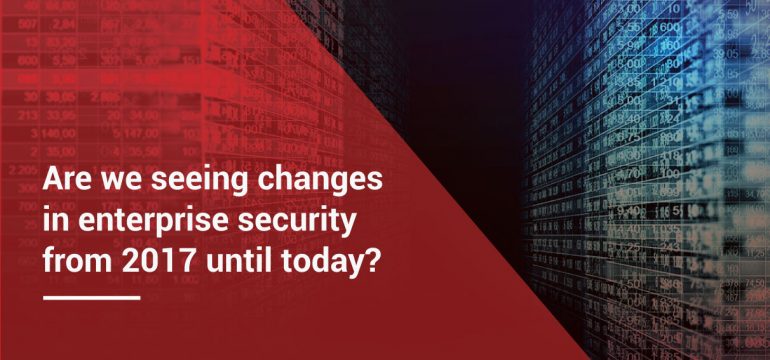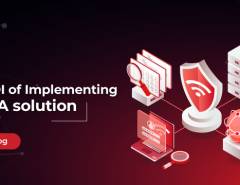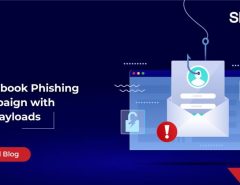The nature of enterprise security is such that it continuously keeps evolving. Trends change, threats vary and morph into different entities, approaches that seem relevant get outdated in six months or sometimes even lesser. For enterprises looking to stay ahead of the curve when it comes to cybersecurity, staying stagnant is not an option. The need of the hour is to keep abreast of the latest new trends and technologies to stay safe.
Thanks to the speed of transformation, enterprise security has seen multifold changes in the last two years, some due to need and some due to necessity. These changes can be summed up through the following pointers:
A move towards a zero-trust network
More and more organizations are moving towards a zero-trust model where no one and nothing is trusted. Introduced by American market research giant, Forrester Research, the zero-trust network model eliminates the concept of a perimeter and calls for enterprises to inspect all network traffic without any classification of ‘internal’ and ‘external.’. Basically, no user or traffic is considered ‘authorized’ and all access to a specific network is governed by the same set of rules.
The evolution from 4G to 5G
In 2017, enterprise security needed to understand 4G – now, network technology has evolved to such an extent that the world is embracing 5G. It is a trend which enterprises must also embrace but at the same time, be aware of the security tradeoffs. As with the advent of any new technology, cybercriminals will also join the bandwagon to ensure they create chaos and profit. 5G will likely have different types of phones, different networks and a completely different kind of technology which will open up new vulnerabilities – early adopters should be extremely careful.
The rise of cryptojacking
An important trend which has caught the industry’s attention is the dangerous threat of cryptojacking. This is a threat which will only become more widespread as the usage of cryptocurrency increases. It works by hackers sending unsuspecting targeted emails with malicious code in them -or they embed this code into sketchy websites. The attack succeeds if malicious code is accessed by unsuspecting users – this malicious code works in the background, silently mining cryptocurrency. This takes up a lot of computer resources and can often lead to slow system performance.
Spear phishing
While phishing is a tactic that continues to be used, it has an upgraded, even more dangerous avatar, popularly known as spear phishing. In spear phishing, users get meticulously personalized emails from a trusted source or a company you’re familiar with and interact quite often. This could be as scrupulous as an email from a friend, colleague or your boss asking you for access to classified information. Attackers are now closely examining their targets and gathering as much information about them to ensure their email is as believable as possible. This is done by employing Advanced Persistent Threats (APTs) to entire systems, gathering humongous amounts of data about enterprise and customer habits, and then using this data to launch a spear-phishing campaign.
Certainly, enterprise security has seen a lot of changes in the last two years which is a natural state of affairs in this sector. It is important for enterprises to invest in solutions which continue to evolve and stay attuned to the latest cybersecurity trends to ensure they are not lagging behind. Seqrite’s range of enterprise security solutions is continuously updated to enable enterprises to remain safe from the ever-evolving threats in today’s digital age.




